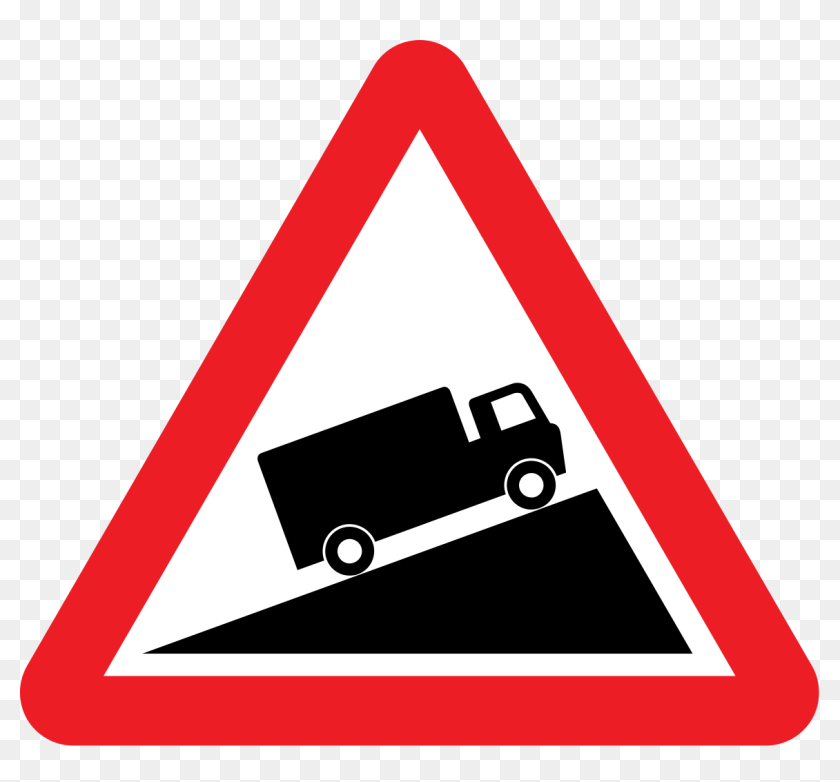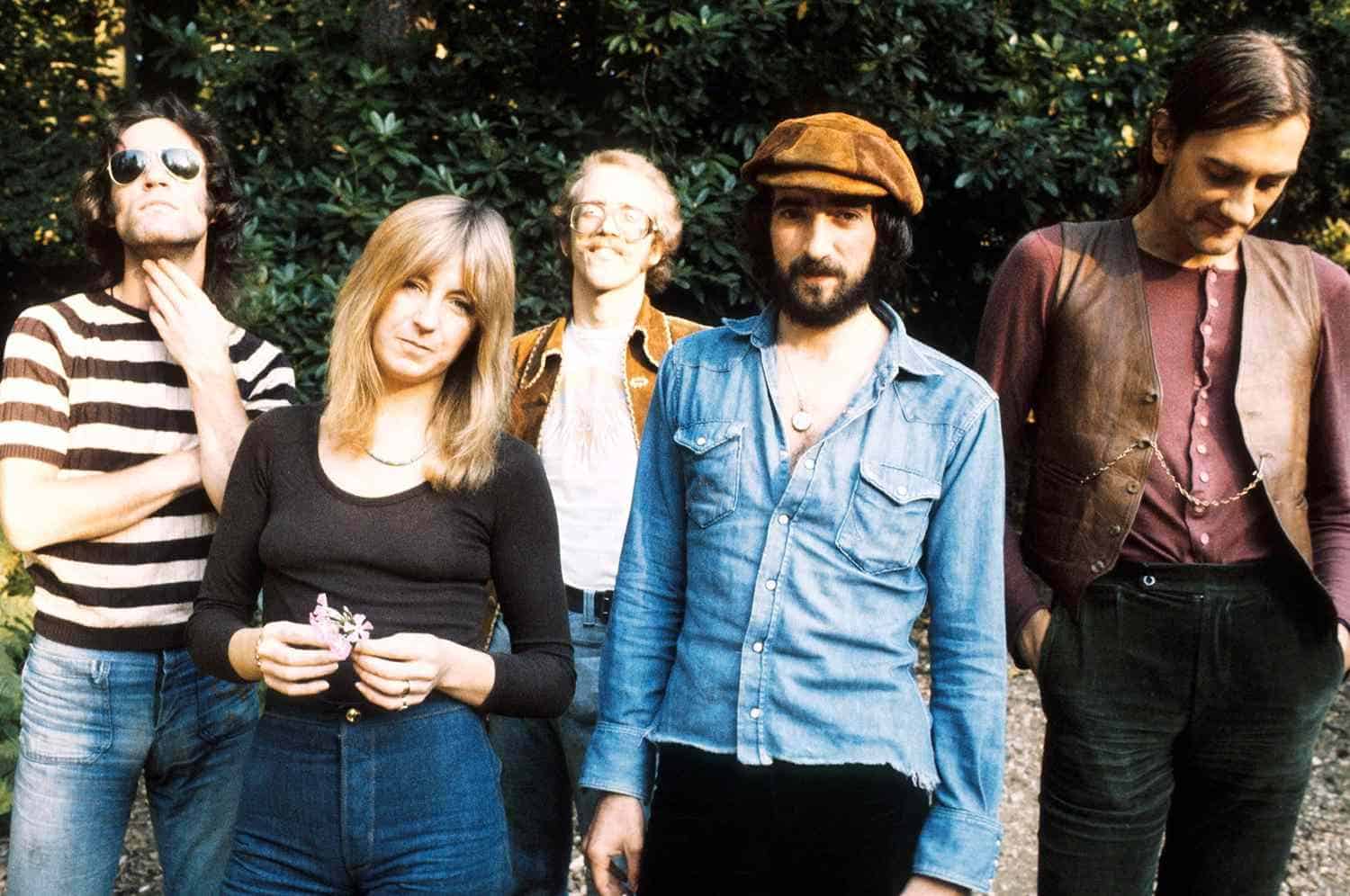Darjeeling's Slow-Moving Traffic: A Growing Concern

Table of Contents
Causes of Darjeeling Traffic Congestion
The slow-moving traffic in Darjeeling is a multifaceted problem stemming from a confluence of factors. Understanding these root causes is crucial to developing effective solutions.
Narrow Roads and Inadequate Infrastructure
Darjeeling's infrastructure struggles to cope with the increasing number of vehicles. Many roads are narrow, winding, and unsuitable for the volume of traffic. This is further compounded by several issues:
- Narrow and winding roads: The existing road network was not designed for the current volume of vehicles. Many roads are too narrow for two vehicles to pass comfortably, creating frequent bottlenecks.
- Lack of road widening and expansion: Limited road widening and expansion projects exacerbate the problem. The hilly terrain makes such projects challenging but necessary.
- Inadequate parking facilities: A shortage of designated parking spaces leads to haphazard parking on roads, reducing already limited road space and creating further congestion.
- Poor road maintenance: Poorly maintained roads, with potholes and uneven surfaces, slow down traffic and contribute to bottlenecks.
- Limited public transportation options: The over-reliance on private vehicles is directly linked to the lack of efficient and reliable public transport. This forces many residents and tourists to use cars, increasing congestion.
Increased Tourism and Vehicle Density
Darjeeling's popularity as a tourist destination is a double-edged sword. While tourism boosts the local economy, the influx of visitors significantly increases vehicle density on already congested roads.
- Surge in tourism: The increasing number of tourists translates to more vehicles on the roads, especially during peak seasons.
- Seasonal peaks: The problem is particularly acute during peak tourist seasons, when the number of vehicles dramatically increases.
- Lack of effective traffic management: Inefficient traffic management systems during peak seasons worsen the congestion.
- Growth in private vehicle ownership: The rising affluence of locals has led to increased private vehicle ownership, adding to the overall number of vehicles on the roads.
Unplanned Urbanization and Development
Rapid and unplanned urbanization has significantly contributed to the Darjeeling traffic congestion problem.
- Rapid urbanization without proper planning: The rapid growth of Darjeeling without adequate infrastructure planning has strained the existing road network.
- Construction activities obstructing roads: Construction projects often block roads and create further bottlenecks, disrupting traffic flow.
- Lack of integrated transport planning: The absence of an integrated transport plan, considering all modes of transport, has hindered the development of efficient traffic solutions.
- Inadequate consideration of traffic flow: Development projects often fail to adequately consider the impact on traffic flow, exacerbating existing congestion issues.
Impact of Slow-Moving Traffic in Darjeeling
The consequences of Darjeeling's slow-moving traffic extend far beyond mere inconvenience. It significantly impacts the economy, environment, and social fabric of the hill station.
Economic Consequences
Traffic congestion has serious economic repercussions for Darjeeling.
- Increased travel time and business losses: Delays lead to significant losses for businesses, impacting productivity and profitability.
- Negative impact on tourism: Frustration due to traffic jams discourages tourists, negatively impacting the tourism sector.
- Higher transportation costs: Increased travel time translates to higher transportation costs for goods and services.
Environmental Concerns
The constant idling of vehicles in congested areas has severe environmental consequences.
- Increased air and noise pollution: High levels of air and noise pollution negatively impact the health of residents and damage the delicate ecosystem of the hill station.
- Negative impact on the ecosystem: Pollution threatens the pristine environment that attracts tourists to Darjeeling.
- Increased fuel consumption and carbon emissions: The slow-moving traffic leads to increased fuel consumption, contributing to higher carbon emissions.
Social Implications
Traffic congestion significantly affects the quality of life for Darjeeling's residents.
- Increased stress and frustration: Daily commutes become stressful and frustrating due to traffic jams.
- Safety concerns: Congestion and haphazard parking pose safety risks to pedestrians and motorists.
- Reduced quality of life: The constant noise and pollution negatively impact the overall quality of life.
Potential Solutions for Darjeeling's Traffic Problems
Addressing the Darjeeling traffic congestion requires a comprehensive and multi-pronged approach.
Improved Infrastructure and Planning
Investing in infrastructure improvements and better urban planning is essential.
- Road widening and improvement projects: Strategic road widening and improvements are necessary to increase traffic capacity.
- Developing better public transportation: Investing in efficient and reliable public transport, including buses and potentially trams, can reduce reliance on private vehicles.
- Designated parking areas and improved parking management: Creating designated parking areas and implementing effective parking management systems can free up road space.
- Smart traffic management systems: Implementing smart traffic management systems using technology can optimize traffic flow.
Sustainable Tourism Practices
Promoting sustainable tourism practices can help mitigate the impact of tourism on traffic congestion.
- Promoting eco-tourism and responsible travel: Encouraging eco-friendly travel options and responsible tourism practices can reduce the number of vehicles.
- Encouraging the use of public transportation: Incentivizing tourists to use public transport can ease the burden on roads.
- Implementing tourist quotas during peak seasons: Limiting the number of tourists during peak seasons can reduce traffic pressure.
Encouraging Alternative Transportation
Promoting alternative transportation modes can alleviate traffic congestion.
- Promoting cycling and walking: Encouraging walking and cycling for short distances can reduce vehicle dependency.
- Investing in cable car systems: Cable car systems or other efficient transport alternatives can provide efficient and eco-friendly transportation options.
Conclusion
Darjeeling's slow-moving traffic is a serious issue with far-reaching consequences. Addressing Darjeeling traffic congestion requires a holistic approach encompassing improved infrastructure, sustainable tourism practices, and the promotion of alternative transportation. By implementing the solutions outlined above – from improving road infrastructure and public transport to encouraging sustainable tourism and alternative transport options – Darjeeling can alleviate traffic congestion, enhance the quality of life for its residents, and safeguard its unique charm as a hill station. Let's work together to find effective and sustainable solutions to tackle Darjeeling traffic congestion and protect the beauty of this iconic destination.

Featured Posts
-
 Nigel Farages Reform Party Tory Claims Of A Sham Defection Announcement
May 04, 2025
Nigel Farages Reform Party Tory Claims Of A Sham Defection Announcement
May 04, 2025 -
 Nhl Playoff Standings Whats At Stake In Fridays Games
May 04, 2025
Nhl Playoff Standings Whats At Stake In Fridays Games
May 04, 2025 -
 Us Tariffs Halt Sheins London Ipo Plans
May 04, 2025
Us Tariffs Halt Sheins London Ipo Plans
May 04, 2025 -
 Is Golds Rally Over Analyzing Back To Back Weekly Declines In 2025
May 04, 2025
Is Golds Rally Over Analyzing Back To Back Weekly Declines In 2025
May 04, 2025 -
 Decoding Anna Kendricks Body Language What Her Expressions Reveal About Her Relationship With Blake Lively
May 04, 2025
Decoding Anna Kendricks Body Language What Her Expressions Reveal About Her Relationship With Blake Lively
May 04, 2025
Latest Posts
-
 Bloom Fronts Fleetwood Mac Tribute By Seventh Wonder In Wa
May 04, 2025
Bloom Fronts Fleetwood Mac Tribute By Seventh Wonder In Wa
May 04, 2025 -
 Fleetwood Macs Upcoming Album What Fans Can Expect
May 04, 2025
Fleetwood Macs Upcoming Album What Fans Can Expect
May 04, 2025 -
 Fleetwood Macs New Album Familiar Sounds Chart Topping Potential
May 04, 2025
Fleetwood Macs New Album Familiar Sounds Chart Topping Potential
May 04, 2025 -
 The Most Popular Fleetwood Mac Songs Of All Time
May 04, 2025
The Most Popular Fleetwood Mac Songs Of All Time
May 04, 2025 -
 Ranking Fleetwood Macs Greatest Songs
May 04, 2025
Ranking Fleetwood Macs Greatest Songs
May 04, 2025
